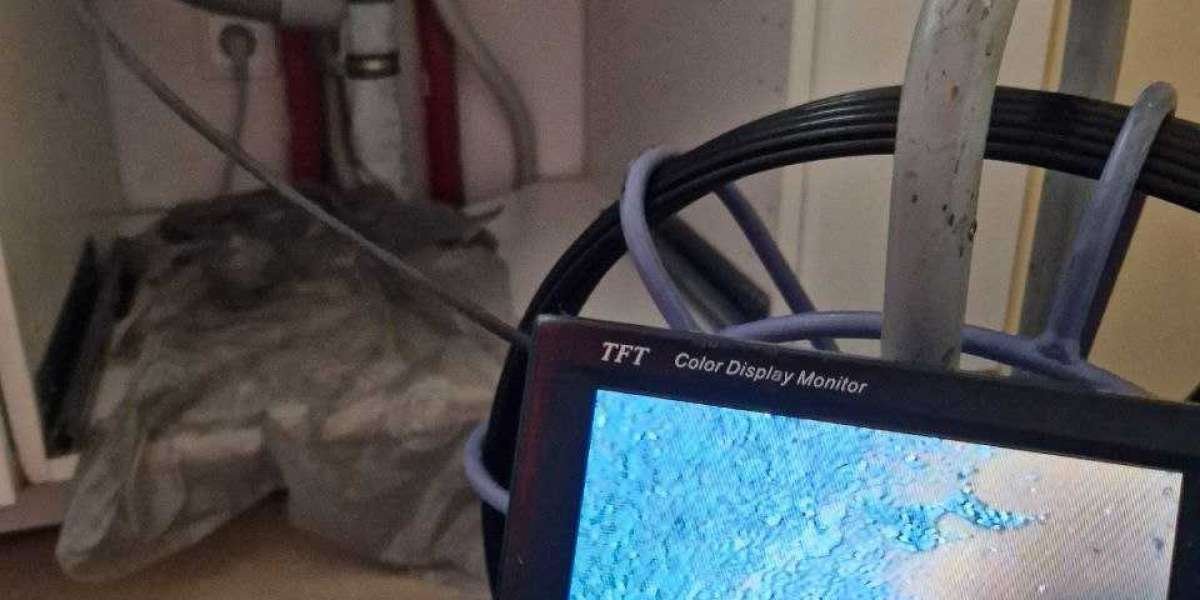Why Do Pipes Freeze in Winter?
The primary factor causing pipes to freeze in winter is, unsurprisingly, the cold. When temperatures drop below a critical threshold, typically around -6°C (20°F), the water inside pipes can start to freeze. This transformation from liquid to solid water causes the volume to expand, putting immense pressure on the pipe walls and increasing the risk of bursting. Belimrohr24 tell us story and tips about this.
| Factor | Impact on Freezing Risk |
|---|---|
| Temperature Drop | The colder it gets, the faster pipes will freeze |
| Duration of Cold | Longer cold snaps pose a greater threat than brief dips |
| Wind Chill | Exposure to frigid winds accelerates heat loss and freezing |
| Poor Insulation | Unprotected pipes lose heat more quickly in unheated areas |
Common Locations for Frozen Pipes
Certain areas of the home are particularly vulnerable to pipe freezing due to their exposure to cold temperatures and lack of insulation:
Pipes in Unheated Areas
- Attics: Pipes running through uninsulated attic spaces are susceptible to freezing, especially in older homes.
- Basements: Basement pipes, particularly those along exterior walls, can freeze if the basement is unheated.
- Crawl Spaces: Pipes in crawl spaces beneath the home are at high risk of freezing if the space is not properly insulated and heated.
- Garages: Pipes in attached garages, which are often not well insulated or heated, can easily freeze.
Outdoor and Exposed Pipes
- Outdoor Faucets and Hoses: Hose bibs, sprinkler lines, and other exposed outdoor plumbing are extremely vulnerable to freezing temperatures.
- Pipes Running Along Exterior Walls: Pipes that run along the outside of a home, rather than through interior walls, can freeze if they are not adequately insulated.
Preventive Measures for Winter Pipe Care
Insulation for Pipes and Water Tanks
Proper insulation is one of the most effective ways to prevent pipes from freezing. Wrap exposed pipes, especially in unheated areas, with foam or fiberglass insulation sleeves. For added protection, you can also insulate your water heater and any exposed water storage tanks.
https://belimrohr24.de/rohrreinigung/rohrreinigung-berlin-mitte/
- Insulate pipes in the attic, basement, and crawl space.
- Use heat tape or heat cables for hard-to-reach pipes.
- Insulate outdoor faucets and hose bibs.
- Wrap pipes running along exterior walls.
Sealing Cracks and Gaps
Seal any cracks, gaps, or openings around pipes that allow cold air to enter the home. This includes:
- Caulking around windows, doors, and other entry points
- Filling gaps in exterior walls where pipes enter the home
- Insulating and sealing areas where pipes pass through floors or ceilings
Keep Your Home Heated
Maintaining a consistent indoor temperature is crucial for preventing pipe freezing. Set your thermostat to at least 18°C (65°F) during the day and night, even if you're away from home.
| Time of Day | Recommended Thermostat Setting |
|---|---|
| Daytime | 18°C (65°F) or higher |
| Nighttime | 18°C (65°F) or higher |
| When Away from Home | 18°C (65°F) or higher |
Emergency Tips for Extreme Cold
Let Faucets Drip
During prolonged cold snaps in Charlottenburg, allow a small trickle of water to flow from your faucets. This continuous movement helps prevent the water inside the pipes from freezing.
- Focus on faucets served by pipes that run through unheated areas.
- Let both hot and cold water taps drip slightly.
Leave Cabinet Doors Open
Open the cabinet doors under sinks and vanities to allow warm air from the rest of the home to circulate around the pipes. This can help prevent freezing, especially for pipes located in exterior walls.
What to Do If Pipes Freeze or Burst
Signs of Frozen Pipes
- Reduced or no water flow from faucets
- Frost or ice buildup on exposed pipes
- Unusual noises, such as banging or cracking, coming from the plumbing system
Immediate Actions
| Step | Action |
|---|---|
| 1 | Locate and turn off the main water shutoff valve to stop the flow of water. |
| 2 | Open faucets to allow any remaining water to drain from the system. |
| 3 | Apply heat to the frozen section of the pipe using a space heater, heat lamp, or heat tape. Avoid open flames. |
| 4 | Once the pipe is thawed, check for cracks or leaks before restoring water service. |
| 5 | If the pipe has burst, turn off the main water valve and call a plumber immediately. |
Professional Help and Maintenance
Routine Boiler and Pipe Maintenance
Scheduling regular professional maintenance for your home's boiler and plumbing system can help identify and address potential issues before they lead to frozen or burst pipes. This should include:
- Annual boiler servicing and tune-ups
- Inspection of insulation and sealing around pipes
- Checking for signs of corrosion or damage
- Testing water pressure and flow
- Identifying and addressing any leaks or other problems
By taking proactive steps to protect your pipes before winter arrives, you can save yourself significant time, money, and stress down the road.
Conclusion
Protecting your home's plumbing system from the damaging effects of freezing temperatures is a critical task that should not be overlooked. By implementing preventive measures, such as insulating pipes, sealing drafts, and maintaining consistent indoor heating, you can significantly reduce the risk of frozen or burst pipes. And should the worst happen, knowing how to respond quickly and effectively can help minimize the damage.



